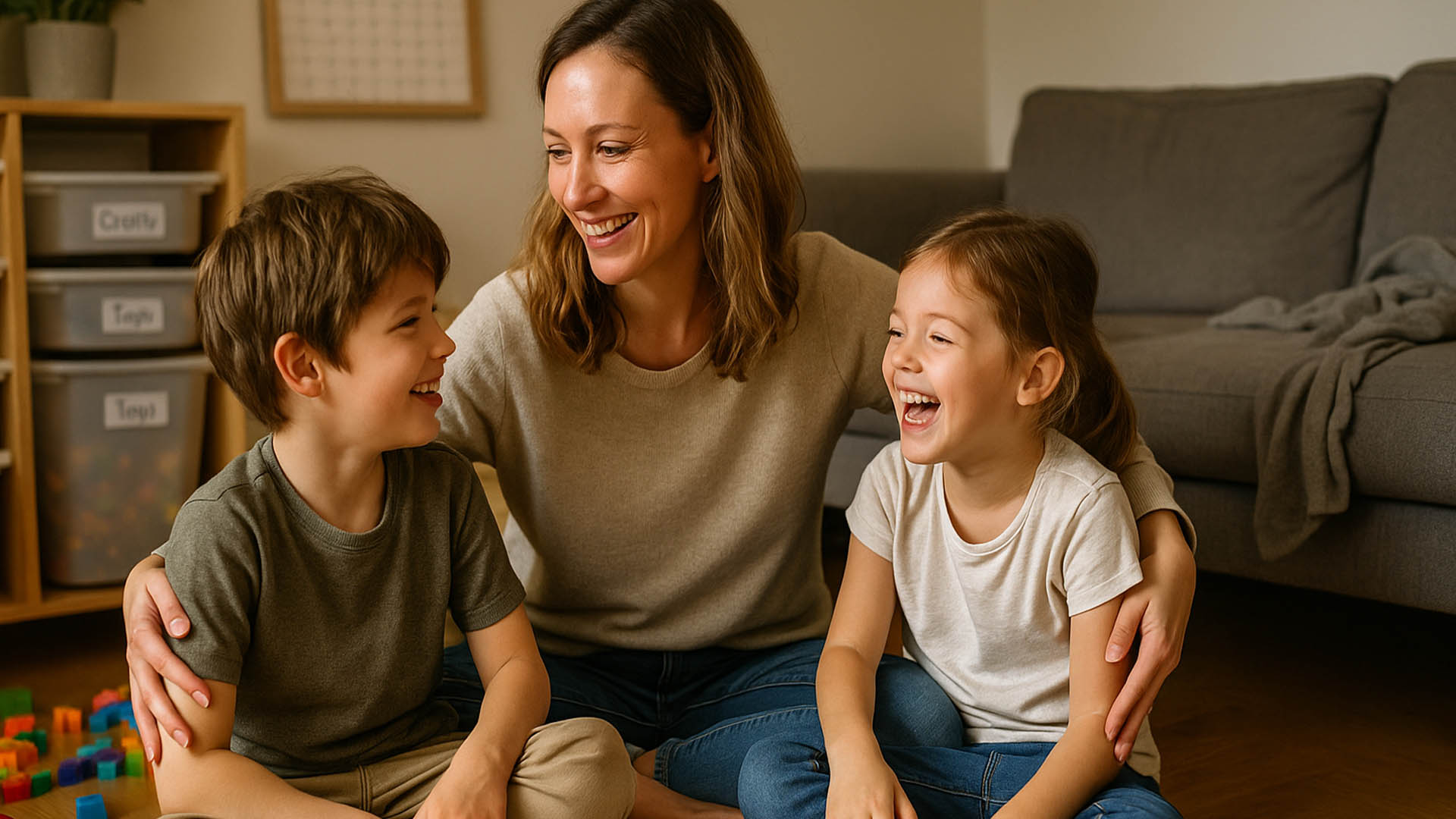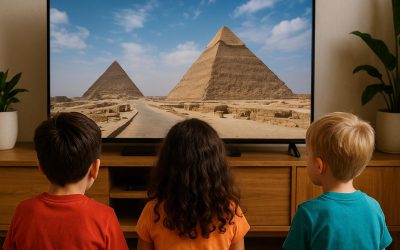What Is Type C
Coined by TikTok’s Ashleigh Surratt, Type C parenting combines organized routines (“Type A”) with laid-back responsiveness (“Type B”) New York Post+7Miami Herald+7New York Post+7. It embraces both structure—labeled bins and calendars—and real-life chaos, trusting kids to thrive in imperfect settings.
Why It’s Resonating
- Authenticity Over Perfection: Celebrates messiness and emotional connection over Instagram-ready homes.
- Emotional Resilience: Teaches kids coping with both order and disorder—mirrors real life.
- Balance Without Guilt: Parents feel empowered rather than failing when plans go awry.
Practical Tips
- Essential Structure: Have key routines—meals, bedtime, chores.
- Allow Flexibility: If routine derails, model calm adaptation.
- Celebrate Imperfection: Laugh at forgotten items or messy rooms—focus on connection.
- Stay Emotionally Present: Let children feel heard and supported, even in chaos.
Conclusion
Type C parenting offers a genuine middle ground—merging guide rails without rigidity and warmth without chaos. It’s a compelling shift toward embracing real life while nurturing emotional and organizational strength in children.
Q&A Section
Q1: How does Type C differ from authoritative parenting?
A1: Type C is a stylistic nuance—authoritative focuses on warmth and structure, while Type C adds deliberate flexibility and acceptance of messiness.
Q2: Is this suitable for all kids?
A2: It works well for emotionally secure families; children needing consistency may need more structure—but small doses of flexibility are beneficial for all.
Sources:
- New York Post on “Type C parenting” trend Reddit+1New York Post+1New York Post








0 Comments